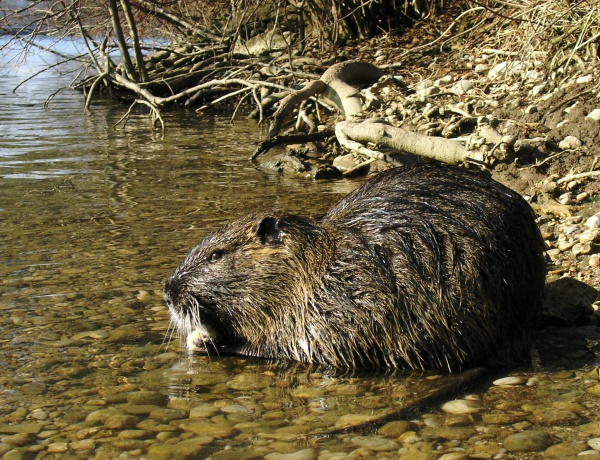Facts About Coypu
The coypu, also known as the nutria, is a large, herbivorous rodent originally from South America. It was introduced to various continents by fur traders. These animals inhabit burrows near water bodies and primarily feed on river plant stems. The name "coypu" is derived from Greek words meaning "beaver rat." Depending on your location, this creature might be referred to differently: "nutria" in North America and Asia, "coypu" in Latin America and Europe, and "ragondin" in France.
Regarding classification, the coypu was initially thought to be a type of mouse but was later categorized into its own genus, Myocastor. There are several subspecies, with the one from northern Argentina being the most prevalent in terms of distribution to other continents. Coypus are closely related to other rodent genera such as Callistomys and Proechimys.
In terms of appearance, coypus resemble a cross between a large rat and a beaver, with a small tail. They possess distinctive features: webbed hind feet, bright orange-yellow front teeth, and a white patch on their muzzle. Due to their appearance, they are frequently mistaken for muskrats or beavers.
Coypus have a relatively short lifespan but mature quickly and reproduce rapidly. They consume a substantial amount of plant material daily, which can result in significant environmental damage. They are commonly found in freshwater marshes, where they excavate burrows and feed on plant roots and stems.
The introduction of coypus to new regions has led to both ecological and economic issues. They have become invasive in many areas, causing destruction to vegetation, eroding riverbanks, and displacing native species. To control their population, people often hunt and trap them, and sometimes their meat is used as dog food.
In some regions, coypus are farmed for their meat, which is considered a sustainable protein source. However, they can harbor parasites that may pose a risk to human health. Different regions employ various strategies to manage coypu populations, with some countries implementing eradication programs to mitigate environmental damage.

 Argentina
Argentina